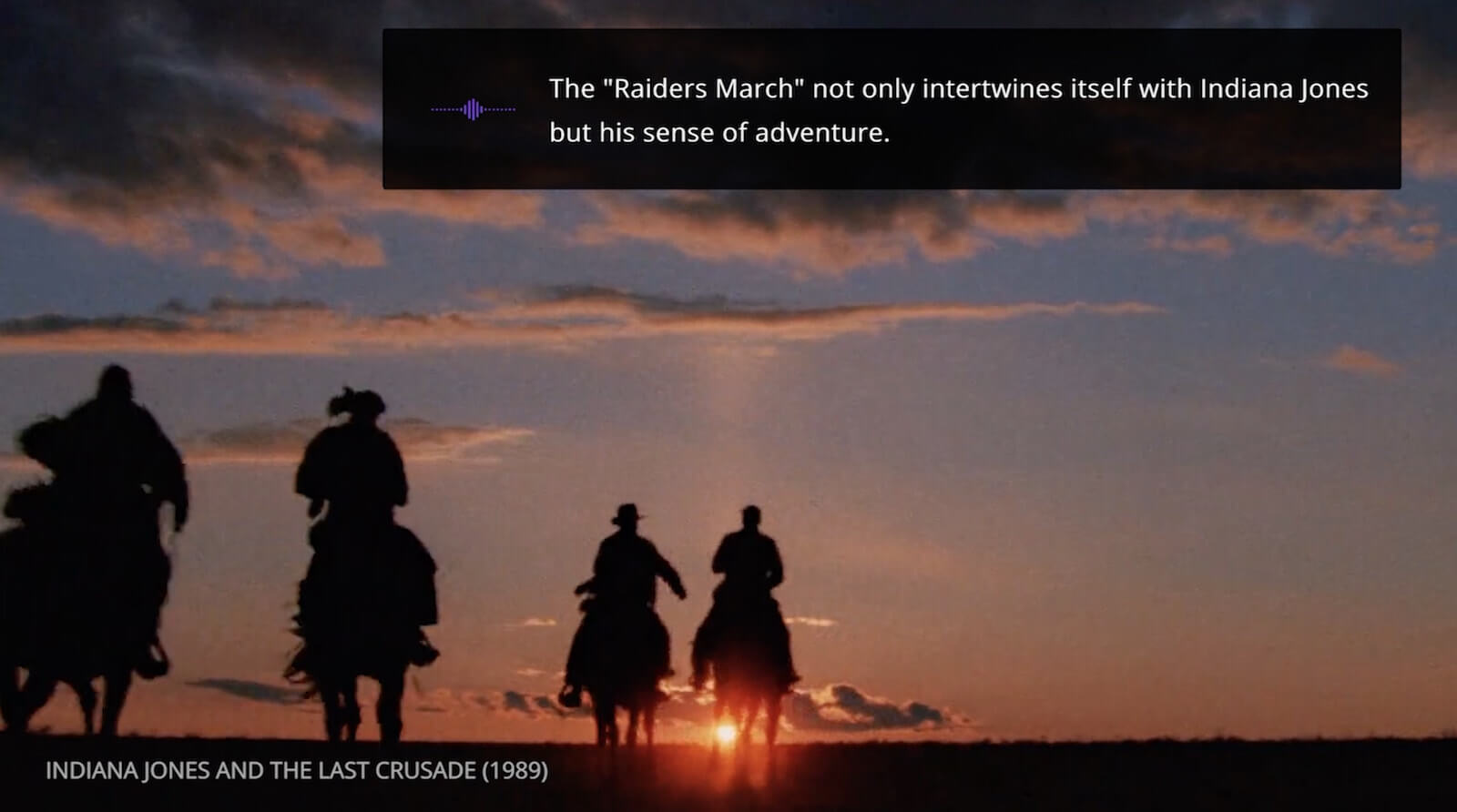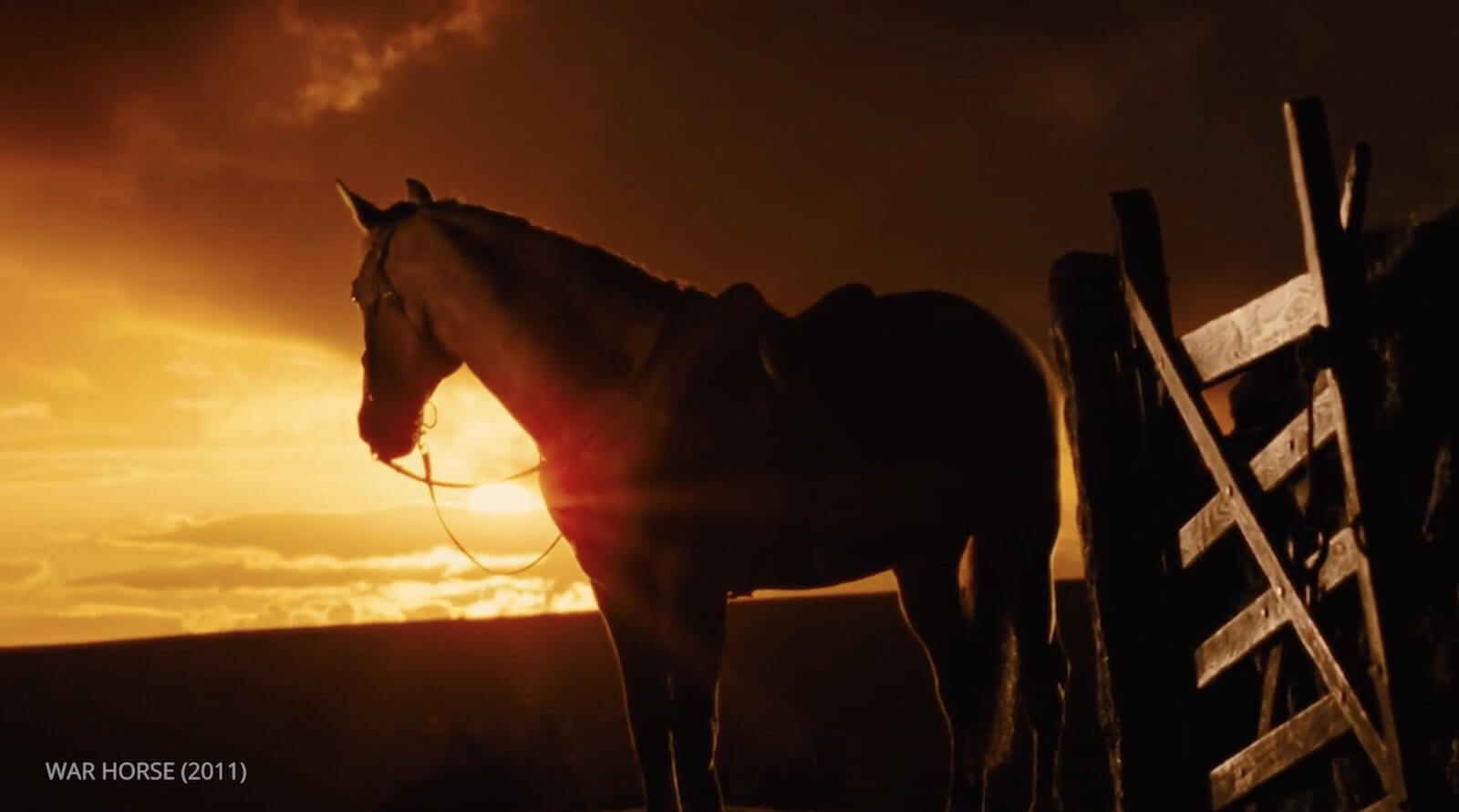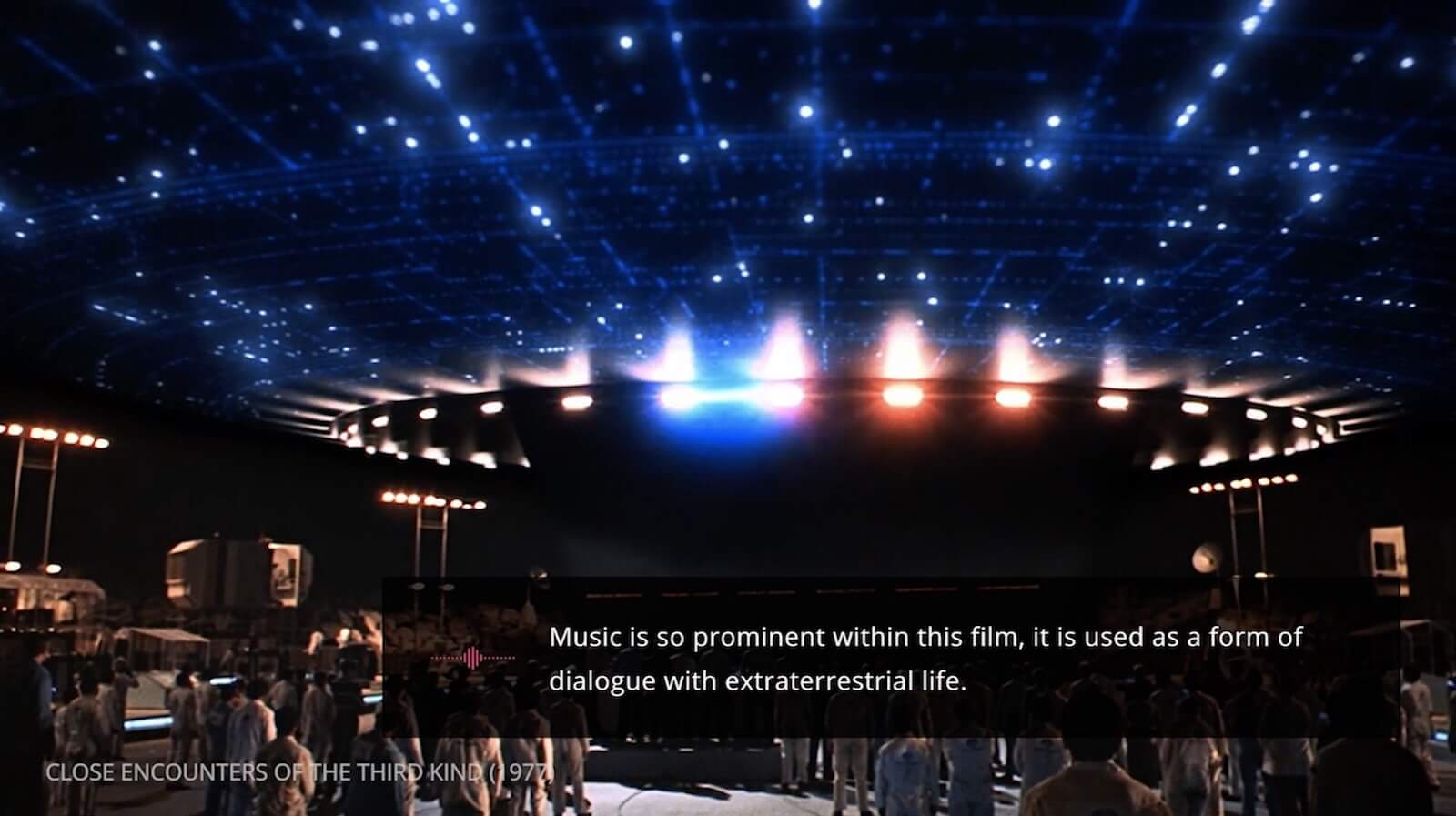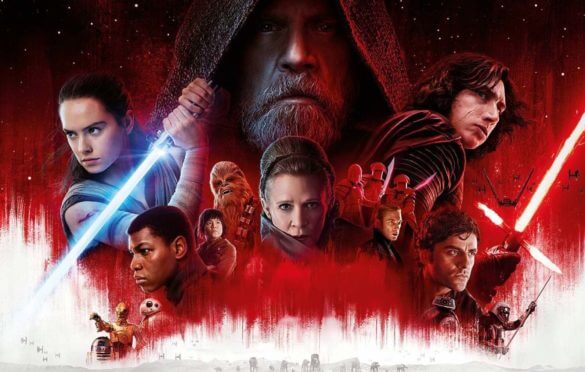John Williams once said, “Composing music is hard work.” From Jaws to Harry Potter, the composer’s ability to both enchant and captivate has made his sound one of the most recognizable in Hollywood filmmaking.
What separates John Williams compositions from many of his contemporaries is his unique ability to lift audiences out of the ordinary.
It is this sense of hope in the face of extreme danger that tends to characterize John Williams music.
Here’s how you can approach crafting a film score just like the Indiana Jones composer.
Watch: Mastering the Film Score:
John Williams
Just enter your email address and we'll instantly send it to you!
Mastering the Film Score: John Williams
Use motifs
John Williams movies often employ a leitmotif to draw an audience’s attention to important narrative elements.
A leitmotif is a recurring musical theme that is associated with a particular person, place or situation.
This device permits John Williams music to influence the emotions of an audience in both subtle and overt ways.
Consider the character of Indiana Jones.

John Williams movies use leitmotifs to enhance characters. Indiana Jones and The Last Crusade (1989)
Here, “The Raiders March” not only links itself to Indiana Jones the character, but also to an overall sense of adventure.
Although John Williams music is often bombastic, it wordlessly directs the emotions of the viewer; informing them how they should perceive the character and their current situation.
Beethoven, who used leitmotifs frequently, said, “Music is a higher revelation than all wisdom and philosophy.”
Remember, these signature melodies can express more about character triumph and turmoil than the most elaborate dialog.
John Williams movies recognize this, and employ them to great effect.
MASTERING THE FILM SCORE: JOHN WILLIAMS
Embrace the symphony
When discussing John Williams movies, one should think about Neoromanticism.
Neo Romantic music is a return to the structure and style of Romantic Era composers such as Schubert, Chopin and Brahms.
This period, which ran from 1780 to 1910, involves a number of compositional traits including:
- Greater tonal range
- Elaborate harmonic progressions
- Large orchestrations
For John Williams compositions, the thematic elements of Romantic music are of particular interest.
These include a preoccupation with nature and the past, as well as a longing for the infinite.
Take this example from War Horse.

John Williams movies emphasize a purity of the past. War Horse (2011)
Here, Williams’ lush orchestration provides a sense of comfort for the family.
Although one cannot return to the past, they can use its memory and promise as a source of inspiration.
Together these individuals can conquer their troubles, and remain with one another in this life and the next.
This is a major theme in John Williams music.
There’s a reason why these classical orchestrations have remained effective, and by incorporating them into your own score, you’re opening up a greater range of emotional depth.
MASTERING THE FILM SCORE: JOHN WILLIAMS
Let music carry the scene
Often times, music’s potential as language is neglected or overlooked.
A filmmaker will keep a score in the background of the action, rather than employing it to communicate vital thematic information.
John Williams movies however embrace the opportunity to use music as a form of dialog.
Nowhere is this more apparent than in Close Encounters of The Third Kind.

Music becomes a language in John Williams compositions. Close Encounters of The Third Kind (1977)
Knowing that human language is futile in this moment, the characters employ a more universal means of communication.
Here, the tonal progressions act as a conversation between civilizations, allowing each group to connect on a more personal level.
John Williams movies permit the score to take over and enhance moments of revelation.
up next
Conclusion
Stanley Kubrick said, “A film should be more like music than fiction. It should be a progression of moods and feelings.”
Although the term storyteller tends to be associated with a director, John Williams movies show time and time again that music itself is an influential language.
By using the language of tone and melody, John Williams compositions continue to push the boundaries of narrative.
Because of this, he has rightly earned his place as a major cinematic storyteller.
Still curious? Sign up for StudioBinder and start building your own dream for free.
And if you want to learn more, check out our Mastering the Shot List video series!
Showcase your vision with elegant shot lists and storyboards.
Create robust and customizable shot lists. Upload images to make storyboards and slideshows.
Manage your shoots like a pro.
All-in-one photo & video project management has arrived.

